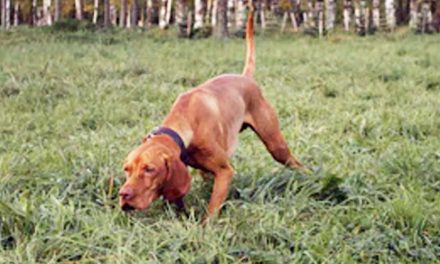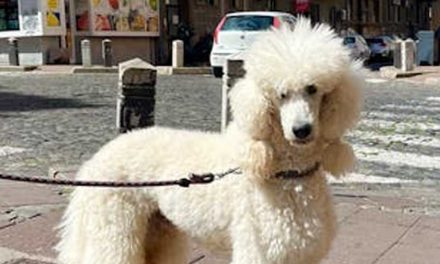The Portuguese Watch Dog, known in its native country as “Cão de Água Português,” is a remarkable breed that has played a vital role in the country’s maritime history.
Originally bred to assist fishermen, these dogs are renowned for their intelligence, agility, and loyalty.
Their unique traits make them not only excellent working dogs but also cherished family companions.
Historical Background
The Portuguese Watch Dog has its roots deep in Portugal’s seafaring culture.
These dogs were primarily used by fishermen to manage nets and catch fish, helping their owners navigate the treacherous waters of the Atlantic Ocean.
Over time, they became known for their remarkable swimming abilities and were trained to retrieve lost equipment and even aid in rescuing people from the water.
As Portugal’s economy evolved, these dogs transitioned from working in maritime settings to being versatile companions.
Their history connects them closely to the land and sea, showcasing their adaptability and resilience.
Physical Characteristics
Portuguese Watch Dogs are medium-sized animals known for their robust build and distinctive coat.
They typically weigh between 35 to 60 pounds and stand about 18 to 22 inches tall at the shoulder.
Their coat is thick and curly, providing protection against harsh weather conditions.
The most common colors are black, brown, or a blend of white with other colors.
Their expressive eyes and friendly demeanor make them particularly appealing.
Temperament and Behavior
These dogs are celebrated for their affectionate nature and loyalty to their families.
They form strong bonds with their owners and are naturally protective, making them excellent watchdogs.
Portuguese Watch Dogs are intelligent and eager to please, which facilitates training.
They thrive on human interaction and are known for their playful disposition, which is particularly beneficial for families with children.
However, they require consistent training and socialization from a young age to channel their energy effectively and avoid behavioral issues.
Early exposure to various environments, people, and other animals will help them grow into well-rounded adults.
Care and Maintenance
The Portuguese Watch Dog’s unique coat requires regular grooming to prevent matting and to keep it healthy.
Brushing at least once a week is recommended, along with occasional baths to maintain cleanliness.
They are generally healthy dogs, but, like all breeds, they are prone to certain health conditions.
Regular veterinary check-ups, a balanced diet, and ample exercise are essential to ensure their well-being.
These dogs thrive in homes where they can receive plenty of physical exercise and mental stimulation.
Regular walks, playtime, and even engaging in dog sports can help keep them happy and healthy.
Conclusion
The Portuguese Watch Dog is not only an impressive working breed but also a loving companion that brings joy and loyalty to any household.
With their strong historical background, adaptability, and spirited nature, they make ideal pets for active families and individuals alike.
Whether you’re looking for a diligent guardian or a playful friend, the Portuguese Watch Dog is sure to fit the bill, embodying the rich heritage of Portuguese culture while providing unmatched companionship.









